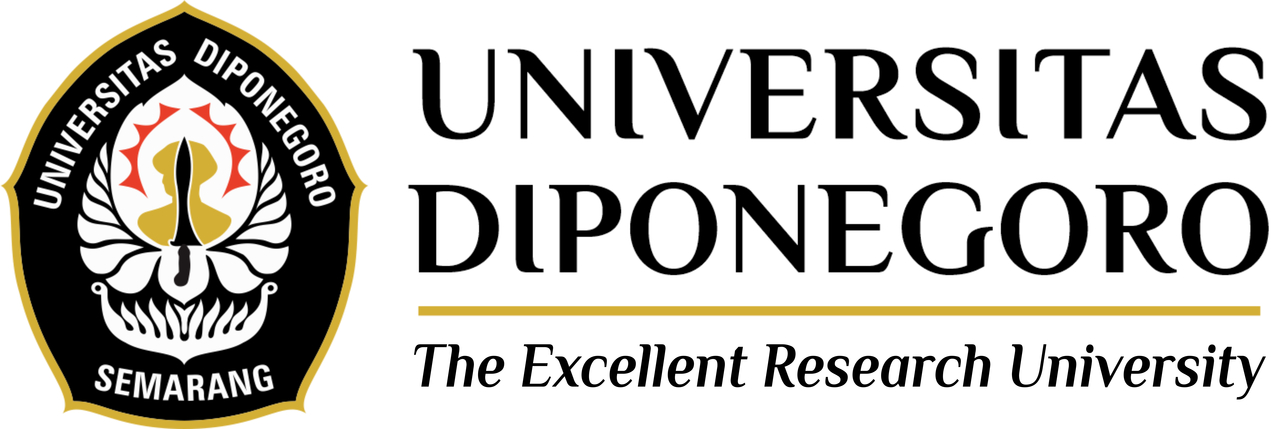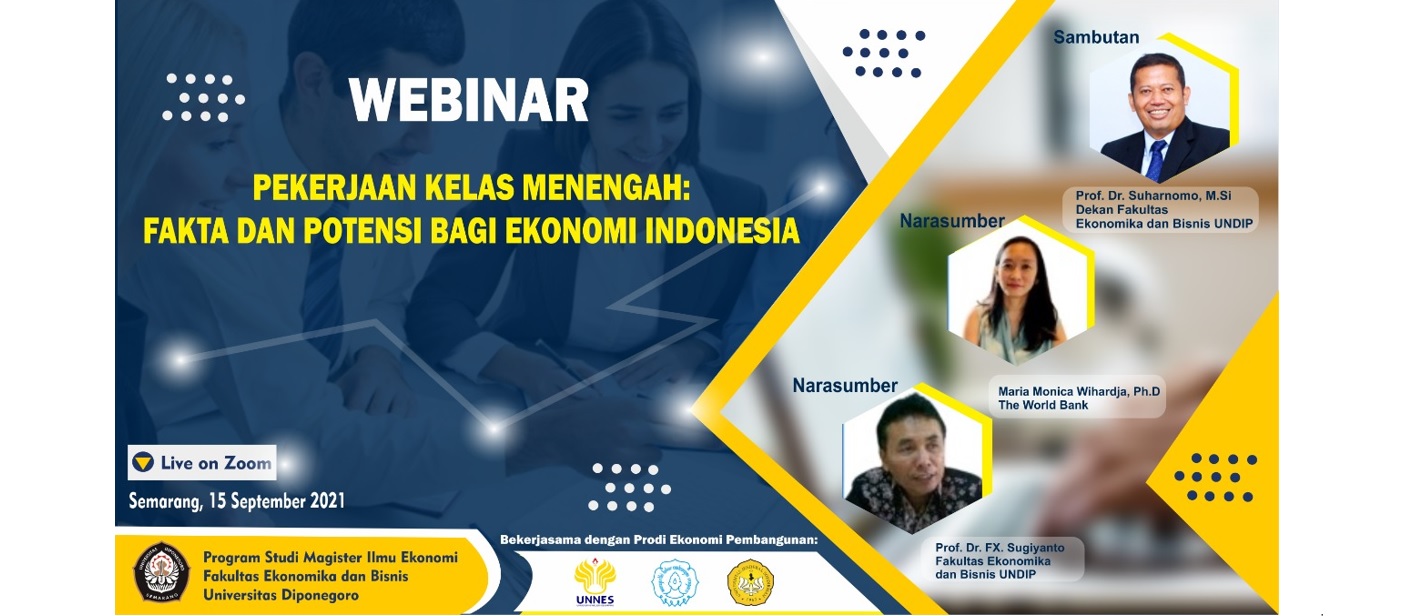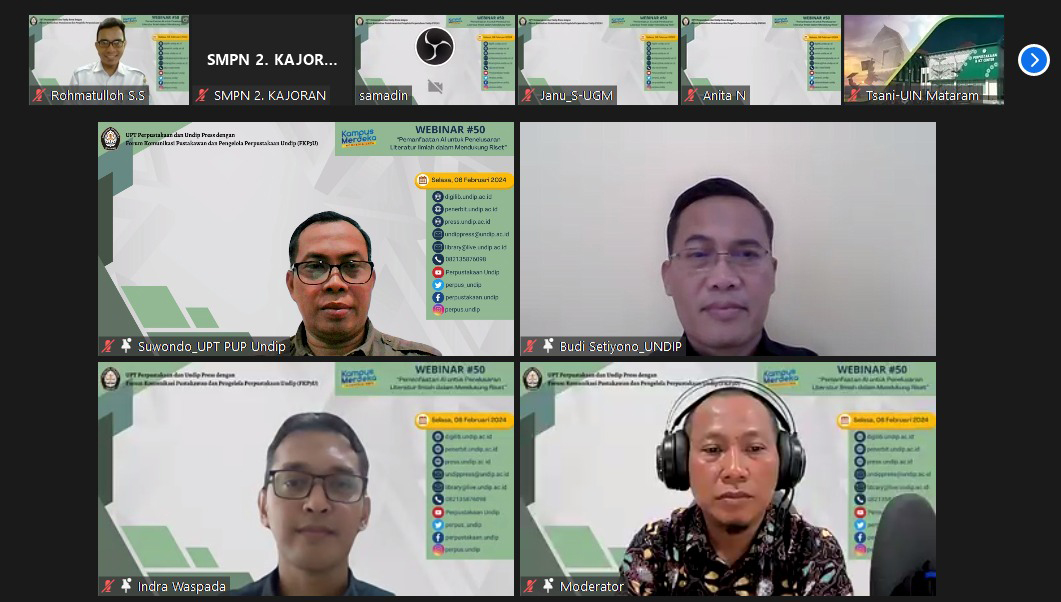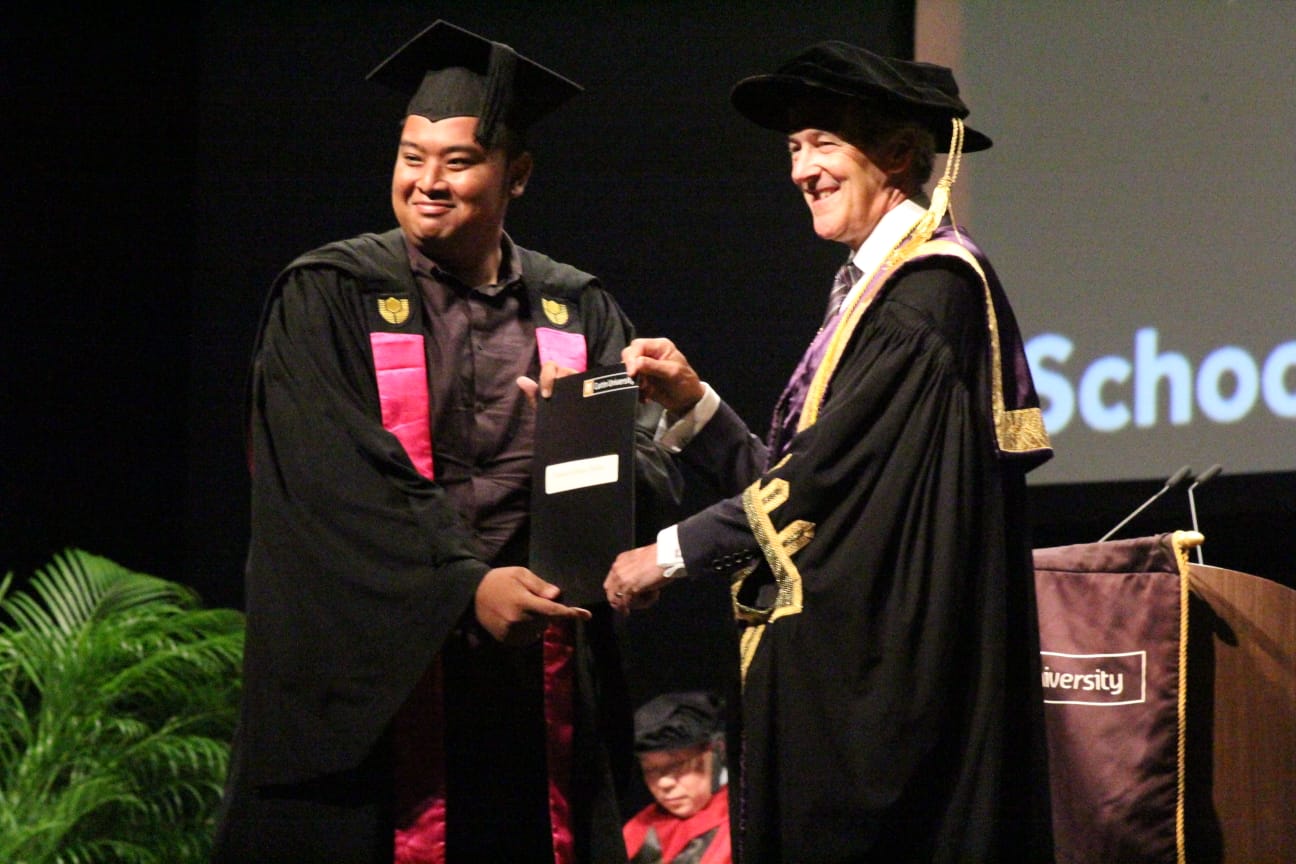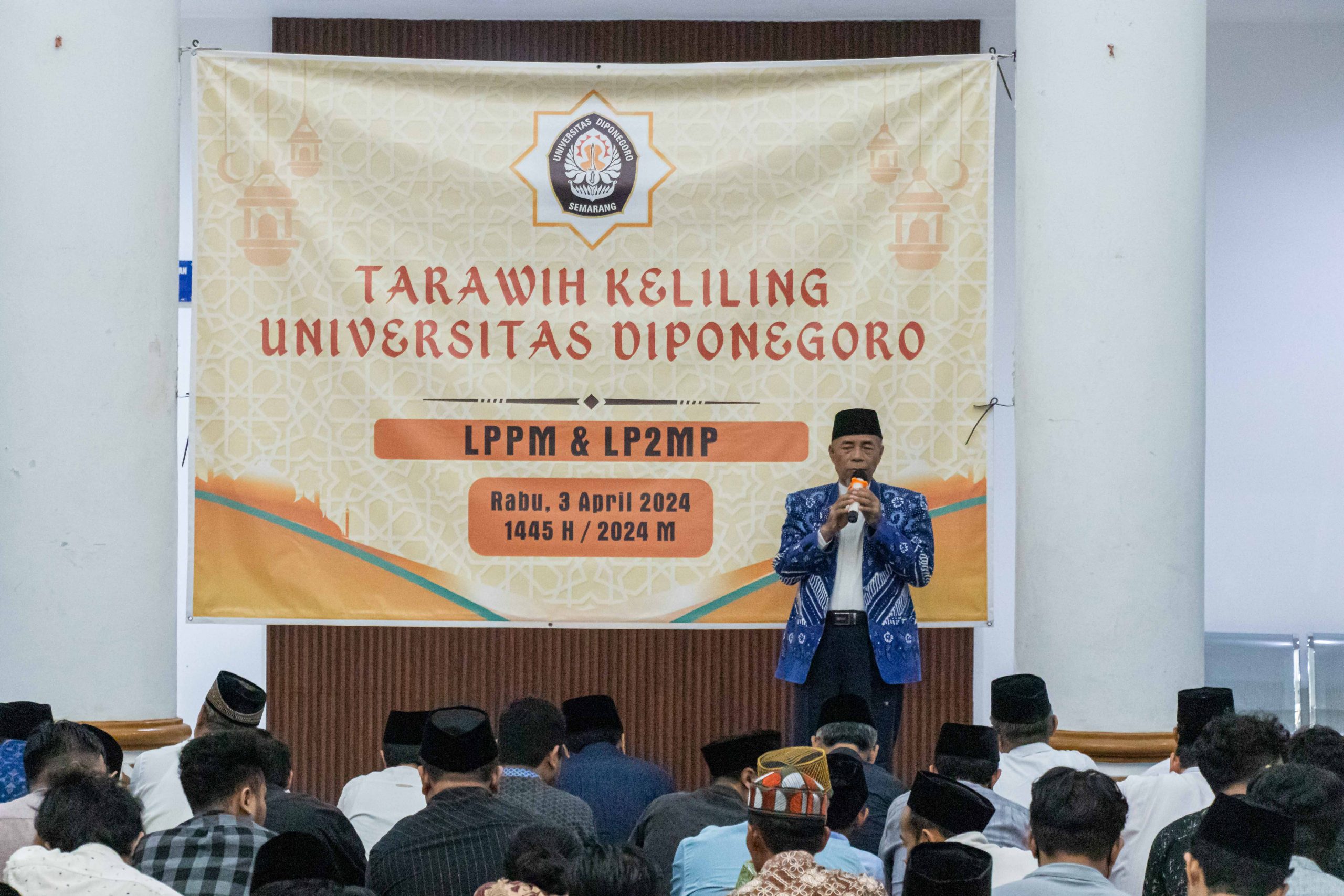Semarang, Central Java (17/9) – The World Bank in its report stated that Indonesia was again downgraded to a lower middle income country, after previously in 2019 Indonesia managed to increase its status to become an upper middle income country.
The World Bank in its report which is updated in every July revealed that the decline in Indonesia’s status occurred due to the decline in Gross National Income per capita in 2020. In 2019, Indonesia’s Gross National Income per capita was US$4,050, down to US$3,870 in 2020. Of course this is a big challenge for Indonesia.
To respond to this fact, Master of Economics Study Program at Faculty of Economics and Business of Diponegoro University (UNDIP) in collaboration with Development Economics Study Program of Semarang State University (UNNES), Sebelas Maret University (UNS), and General Sudirman University (UNSOED), held an online Webinar through Zoom meeting platform on Wednesday (15/09) at 09.00 AM.
The webinar with the theme of “Middle Class Jobs: Facts and Potential for the Indonesian Economy” was attended by Dean of Faculty of Economics and Business Undip, Prof. Dr. Suharnomo, M.Si. The committee also invited resource persons from the World Bank, Maria Monica Wihardja, Ph.D., and a Professor of Faculty of Economics and Business Undip, Prof. Dr. FX. Sugiyanto, M.S.
In his speech, the Dean of Faculty of Economics and Business Undip, Prof. Dr. Suharnomo, M.Sc., explained that the decline in Indonesia’s Gross National Income per capita occurred as an impact of Covid-19 pandemic. “This decline was due to the impact of Covid-19 pandemic which caused the Indonesian economy reduced by -2.07% in 2020. Before the pandemic, Ministry of National Development Planning of the Republic of Indonesia projected that Indonesia’s per capita income could reach US$4,500 in 2020,” explained Prof. Suharnomo.
Prof. Suharnomo added that there are many factors that determine the level of per capita income of a country, one of which is the existence and quality of middle class jobs. The existence of middle class jobs in Indonesia if it is associated with the current labor structure is still not competitive and not fully ready to support the acceleration of the economic sector.
As an illustration of employment data in Indonesia, in February 2021 Statistics Indonesia showed that the composition of the working population based on education is still dominated by elementary school graduates and below (37.41%), followed by junior high school graduates (18.54%), high school graduates (18.18%), vocational school graduates (12.33%), university graduates (10.18%) and Diploma I/II/III graduates (2.74%). Meanwhile, the Open Unemployment Rate based on the level of completed education is still dominated by vocational high school graduates at 11.45%.
Furthermore, Maria Monica Wihardja, Ph.D., explained that the condition of job growth in Indonesia is in the category of low productivity. This productivity growth is still not enough to raise the status of the 47% of Indonesians who are currently still in the status of “middle class candidates”. Several integrated steps are needed to create jobs that can bring Indonesians into middle class status.
“We are here to introduce three integrated steps to achieve middle-class employment, namely accelerating overall productivity growth, transitioning workers to sectors and companies that create quality jobs, and building a middle-class workforce,” said Monica who is one of the authors of World Bank Report entitled “Pathways to Middle-Class Jobs in Indonesia”.
While the Professor of Faculty of Economics and Business Undip, Prof. Dr. FX. Sugiyanto, M.S., added that apart from productivity issues, another issue that is no less important is the provision of employment opportunities. “These two main issues relate to the roadmap to middle class employment in Indonesia. The first is employment, which is the key to achieve middle class status and reduce poverty,” said Prof. Sugiyanto. “The second is the quality of employment and not the quantity. This is the main challenge for all of us,” he added.
Based on research conducted by the World Bank entitled “Pathways to Middle-Class Jobs in Indonesia”, Prof. Sugiyanto revealed that providing job opportunities is the most appropriate way to reduce poverty and grow a higher quality economy.
From these facts, Prof. Sugiyanto added that a viable and adequate growth model to achieve middle-class employment is growth driven by increased productivity and job creation. This growth model is associated with higher value added and value added growth. This model will be based on the development of knowledge and skills.
However, its implementation will face challenges that are not easy. The implementation of this model must ensure that it is able to overcome the slow process of economic convergence. This process occurs unevenly and slowly. Its implementation is broad-based and spread out, both in sectoral and spatial ways.
In line with Maria Monica Wihardja, Prof. Sugiyanto revealed that the main issue related to labor is low productivity. Policies to increase productivity growth in all sectors are considered appropriate and correct. However, improvements need to be made in the institutional and political aspects.
Five Strategic Policy Recommendations
To accelerate the creation of Middle Class Jobs in Indonesia, the webinar recommended the need for steps, strategic policies and reform strategies.
First, the change in the mindset of all entities related to the paradigm of Indonesia’s economic growth. Future economic growth must rely on productivity.
Second, in order for productivity to increase evenly and spread out, the framework of economic growth policy must be based on spatial perspectives based on the fields, thereby promoting convergence.
Third, from the supply side, efforts to boost productivity should not be limited in the boundaries of the size of the business scale based on the definition of regulation. Especially in MSMEs where its business practice actually provides more benefits on a medium scale.
Fourth, comprehensive institutional reform to improve the efficiency of the national economy.
Fifth, transition to sectors and companies that create quality jobs.
Sixth, facilitating the learning process, especially for groups who are at risk of school failure. The nation should provide skills, training on utilizing information technology, and access for female workers.
Translated by: Titis (Public Relations)
